Medical Supply Storage Success: A Complete Guide to Managing Chronic Care Supplies

Managing medical supplies for chronic care conditions requires careful planning and the right storage environment. This comprehensive guide will help you create an organized, safe, and efficient storage system for your essential medical supplies while ensuring their integrity and accessibility.
Why Climate-Controlled Storage Matters for Medical Supplies
Temperature and humidity fluctuations can impact the effectiveness and safety of medical supplies. Climate-controlled storage provides:
- Consistent temperature maintenance
- Humidity control
- Protection from environmental factors
- Extended shelf life for temperature-sensitive items
Essential Storage Requirements for Different Supply Categories
Temperature-Sensitive Items
For medications, testing supplies, and sensitive medical equipment:
- Maintain temperatures between 68-77°F (20-25°C)
- Avoid exposure to direct sunlight
- Monitor humidity levels (ideally 35-45%)
- Use airtight containers when appropriate
Durable Medical Equipment
For mobility aids, respiratory equipment, and monitoring devices:
- Clean and dry storage areas
- Adequate spacing between items
- Protective covers when necessary
- Regular maintenance checks
Organization Strategies for Easy Access
Implement these organization techniques for efficient supply management:
- Clear labeling systems
- First-in, first-out rotation
- Emergency supply section
- Inventory tracking system
- Monthly supply audits
Creating Your Storage Plan
Step 1: Assessment
Begin by evaluating your:
- Current supply inventory
- Storage space requirements
- Temperature control needs
- Access frequency needs
Step 2: Organization System
Implement:
- Category-based zones
- Clear container systems
- Adjustable shelving
- Easy-access areas for frequently used items
Step 3: Monitoring and Maintenance
Establish routines for:
- Temperature monitoring
- Humidity checks
- Expiration date tracking
- Equipment maintenance
Safety and Security Considerations
Protect your medical supplies with:
- Secure access controls
- Emergency backup power systems
- Fire safety measures
- Proper insurance coverage
Tips for Managing Long-Term Storage
Consider these strategies for extended storage periods:
- Regular inventory reviews
- Backup supply planning
- Emergency access procedures
- Documentation systems
When to Consider Professional Storage Solutions
Consider climate-controlled storage facilities when:
- Home storage space is limited
- Temperature control is challenging
- Large equipment storage is needed
- Additional security is required
Conclusion
Proper storage of chronic care medical supplies is essential for maintaining their effectiveness and ensuring they’re ready when needed. By implementing these climate-controlled storage solutions and organization strategies, you can create a reliable system that supports your ongoing healthcare needs while protecting your valuable medical supplies.
Remember to regularly review and update your storage system as needs change, and always consult with healthcare providers about specific storage requirements for your medical supplies.


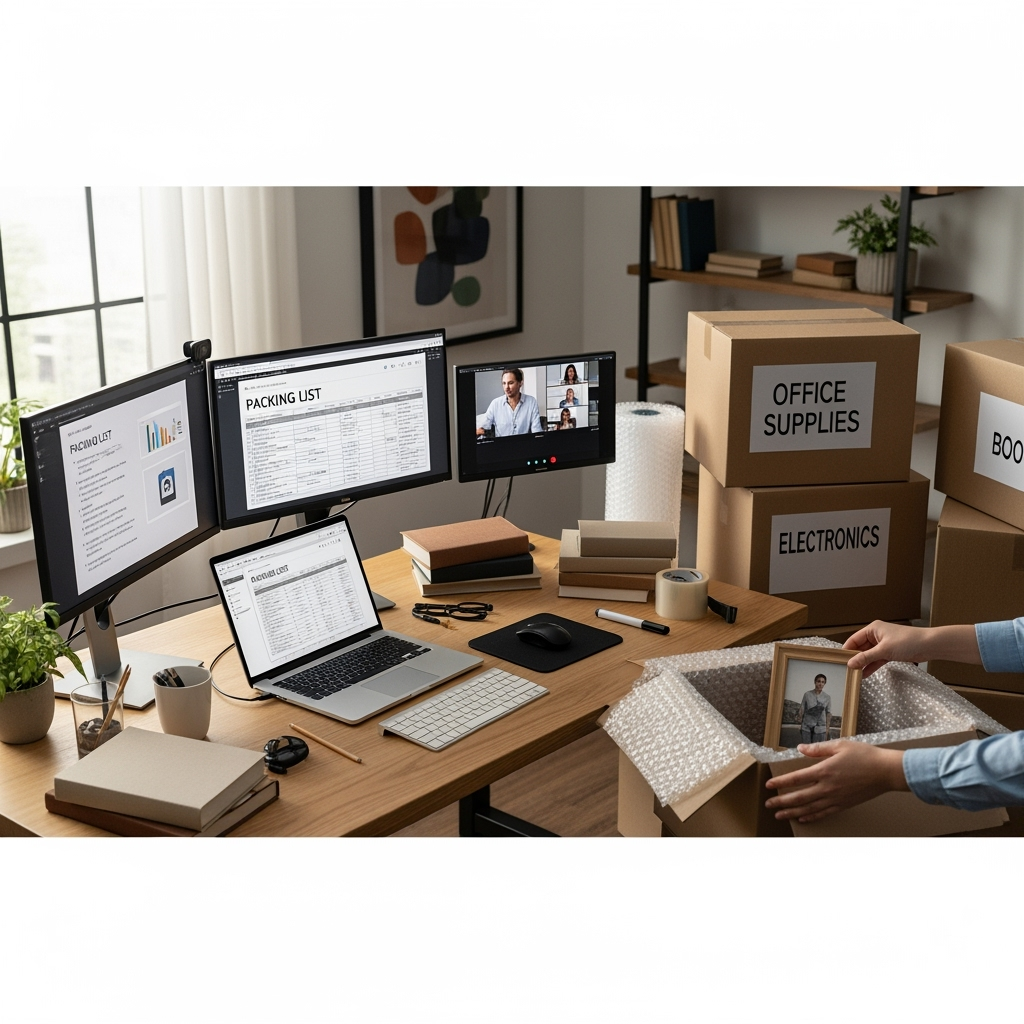


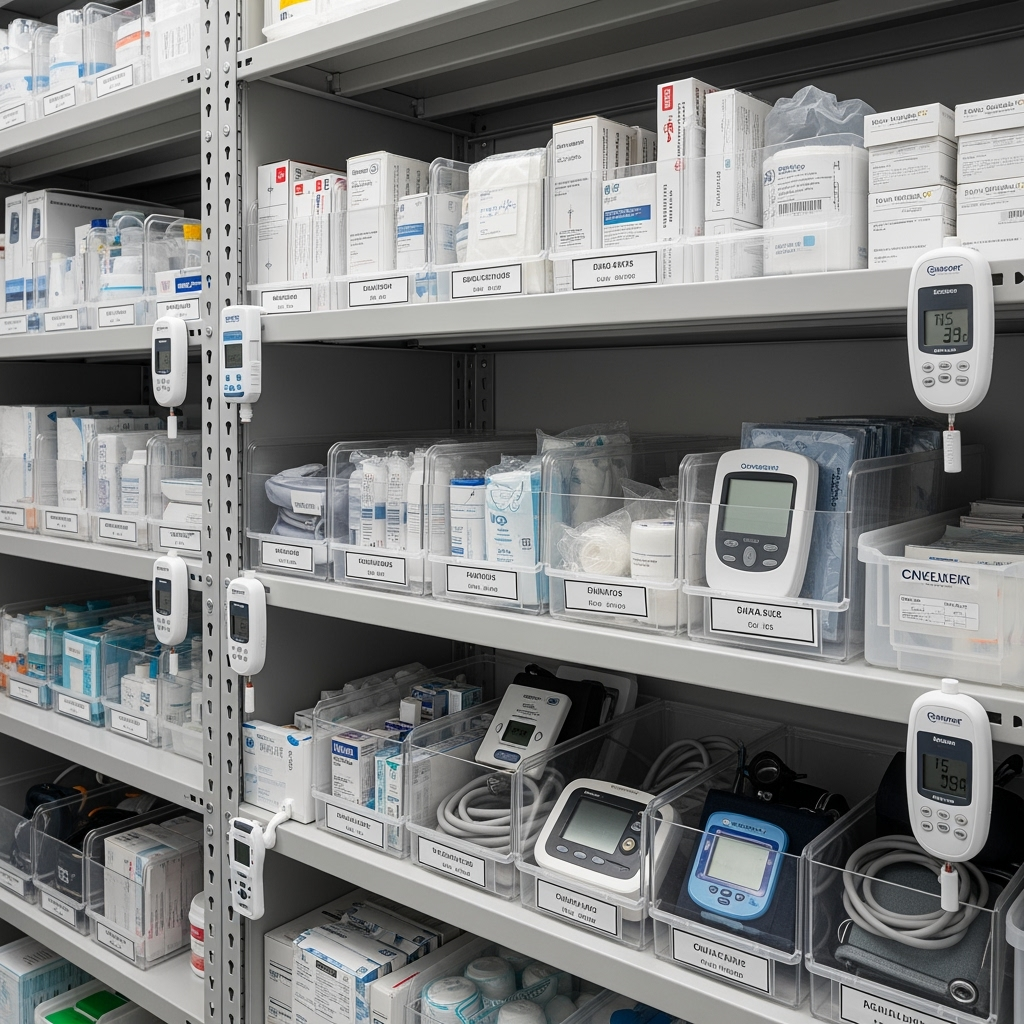
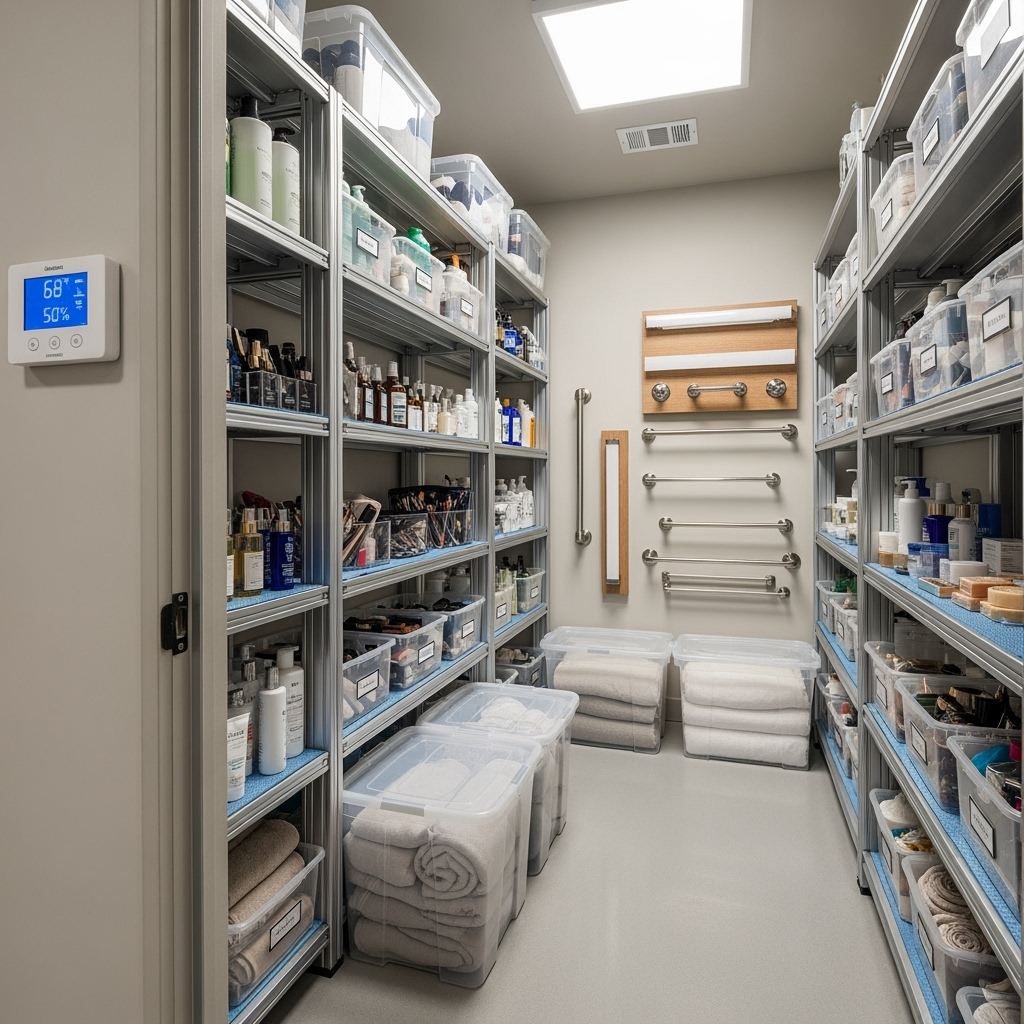
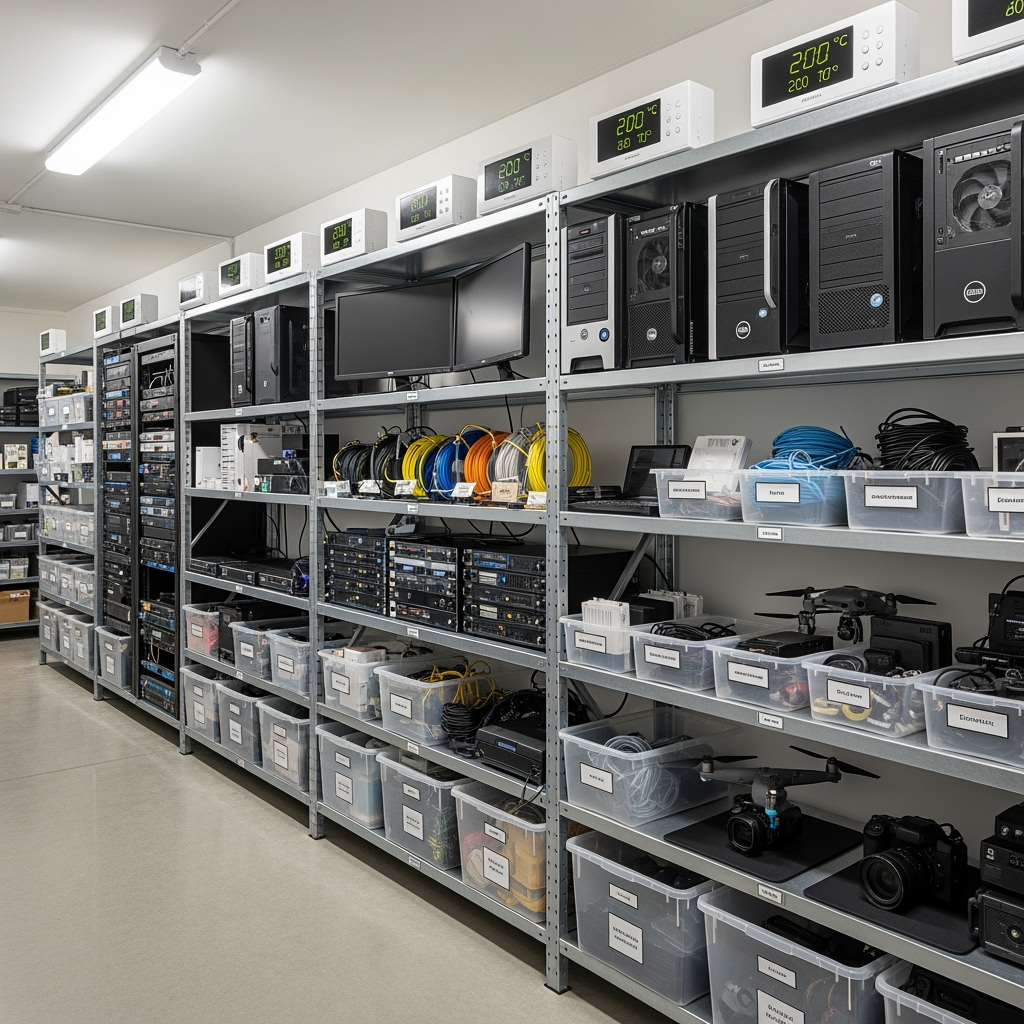
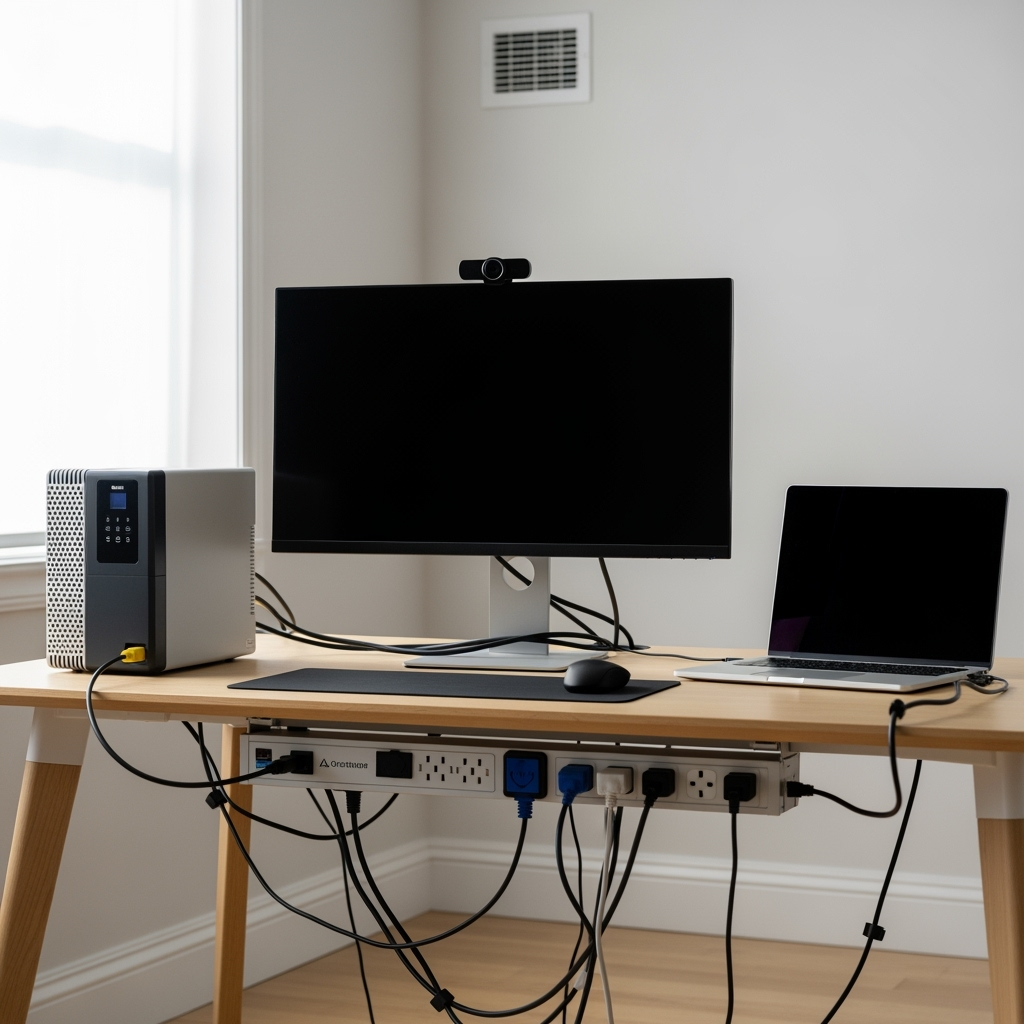
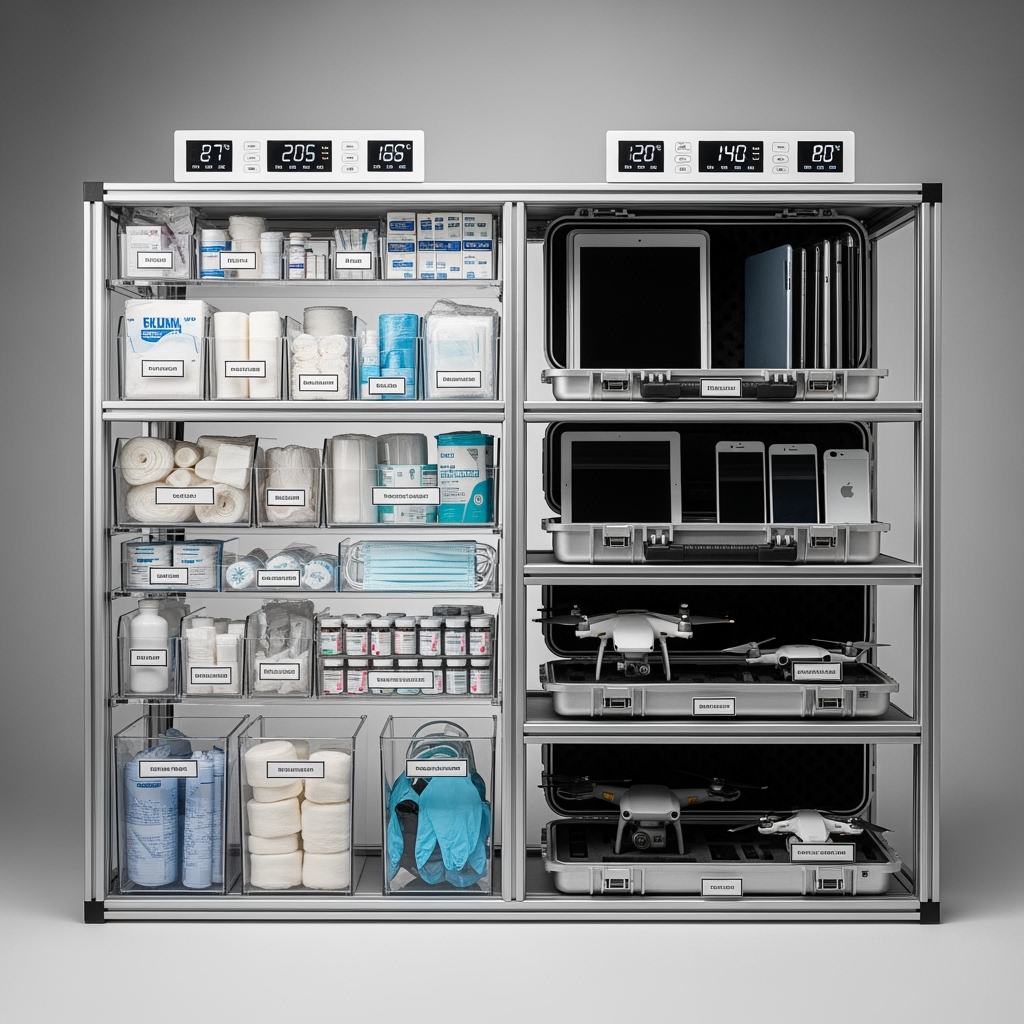
Leave a Reply